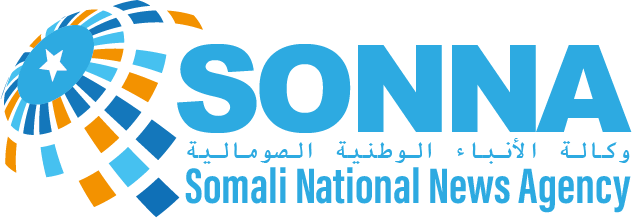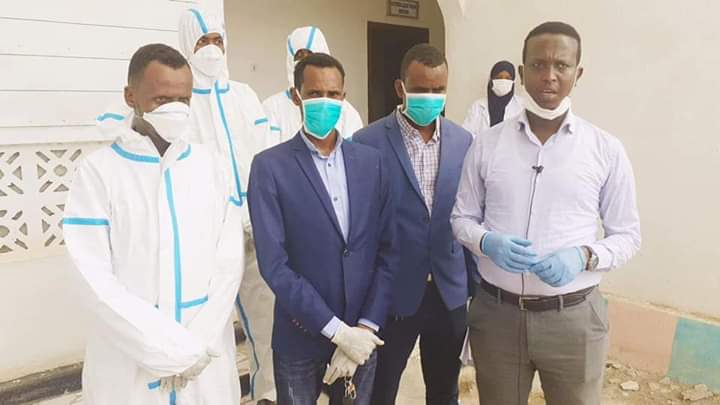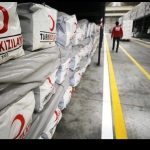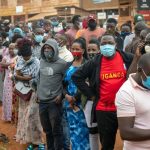Somalia, like many other countries, is grappling with the deadly COVID-19 pandemic, with over a thousand laboratory-confirmed cases and dozens of associated deaths registered so far. With the support of international partners, the government is implementing various medical, public health, and social interventions to curb the spread of the contagion and mitigate its impact on the country. However, for these strategies to yield maximum results, robust population data is required. Fortunately, the recently launched Somali Health and Demographic Survey (SHDS) report presents just that.
The survey, which was led by the Somali statistical offices from the Federal Government and the Federal Member States, with technical support from UNFPA, was conducted from 2018 to early 2020, and the final report launched on 30 April 2020. The survey holds vital information on the health and lives of the Somali people—including nomadic communities.
The statistical findings in the report can help guide the response to COVID-19—as illustrated in the examples below: Firstly, appropriate risk communication messaging is crucial to reduce local transmission of the disease. Unfortunately, exposure to mass media is limited for women of reproductive age in Somalia. Only about seven percent of women aged 15-49 access any of the three main forms of mass media at least once a week: newspaper, radio, and television. In addition, adult literacy for women of reproductive age is low, at just 32 percent. However, 74 percent of households own a mobile telephone (including 67 percent of rural and 59 percent of nomadic households). This makes voice messaging an effective channel to reach the largest proportion of the population with messages on COVID-19. To this effect, major mobile companies in Somalia adopted public health messages as mobile phone ring-back tones early on in the pandemic in the country.
Secondly, experience from past epidemics, such as Ebola in West Africa and emerging evidence from countries hit hard by this pandemic suggest that people may avoid health facilities out of fear of catching COVID-19 and miss out on essential health services. The survey found that in Somalia only around one in five births take place in a health facility and only 11 percent of children aged 12- 23 months are fully immunized. A further decline in the use of these essential services can potentially cause indirect deaths by disrupting the modest gains made in the reduction of maternal mortality (from 732 in 2015 to 692 during the survey period) and by triggering outbreaks of vaccine-preventable childhood diseases such as measles. Monitoring and improving the utilization of these services need to be incorporated into the COVID-19 response strategy.
Thirdly, research suggests that people aged above 65 years and those with chronic diseases, such as diabetes, high blood pressure and kidney disease are at a high risk of severe complications and death from COVID-19. How does Somalia fair in this respect? Well, the SHDS report again holds the answer. While older people (65 years and above) comprise only three percent of Somali household members, chronic diseases are more prevalent. Around six percent of the population are living with chronic conditions, of which the most common are ailments related to blood pressure (33 percent), diabetes (20 percent), and kidney diseases and arthritis (both at 8 percent). This data can guide predictions of direct morbidity and mortality from COVID-19 in Somalia.
Finally, almost half of the households interviewed during the survey reported they pay for their health expenses from their income, compared to only two percent who use insurance. These statistics can guide plans to implement social safety nets and expand access to free health services.
In conclusion, the response to COVID-19 in Somalia needs to be multi-sectoral and multi-faceted, taking into account the potential short- and long-term impact of the pandemic on the health and livelihoods of the Somali people. Mitigation measures have to be context-specific and evidence-based. To this end, the recently launched report of the first-ever demographic and health survey in the country constitutes a rich source of relevant data for decision making.
Source: UNFA





